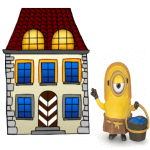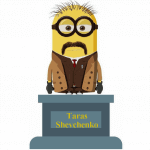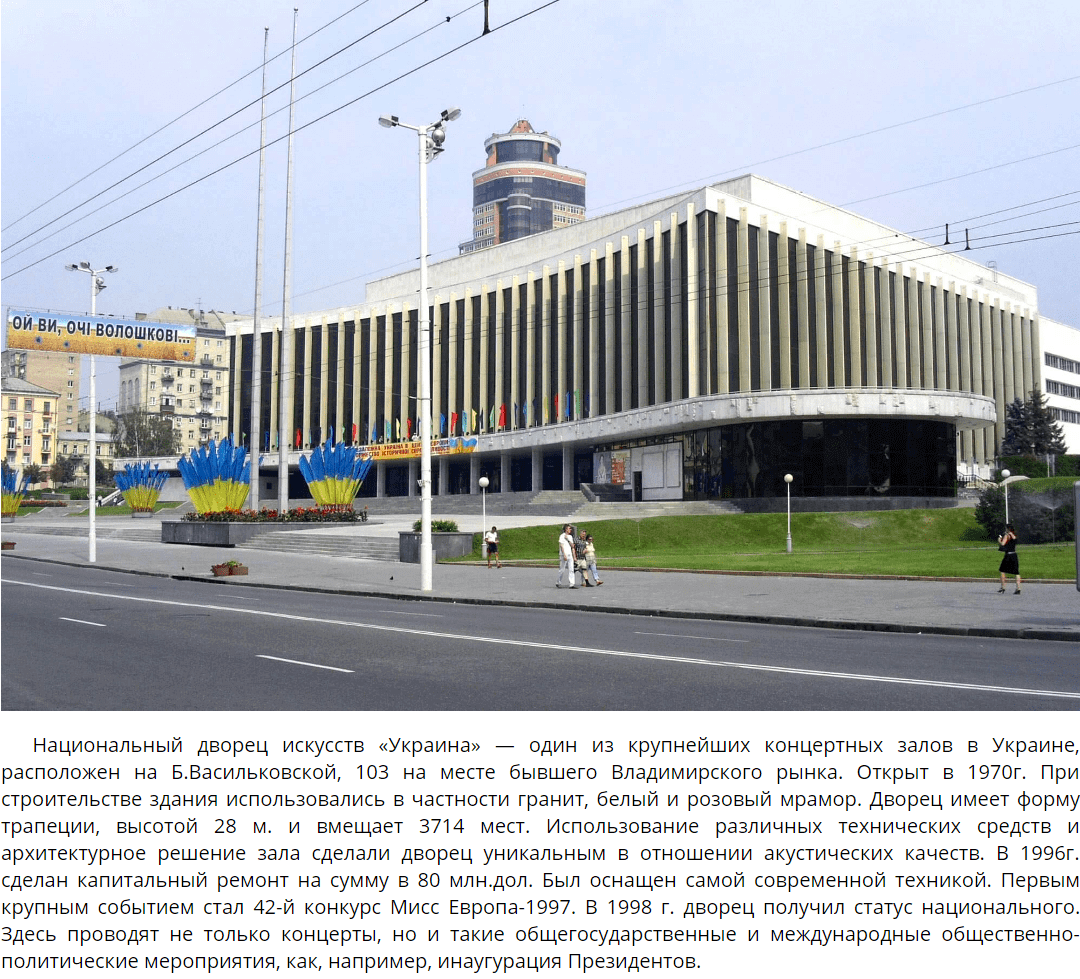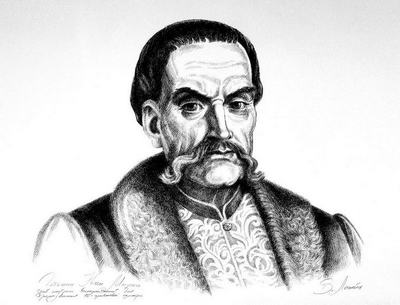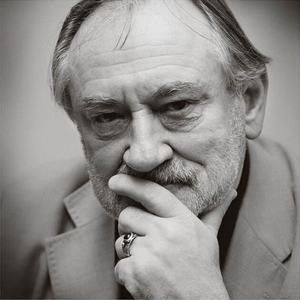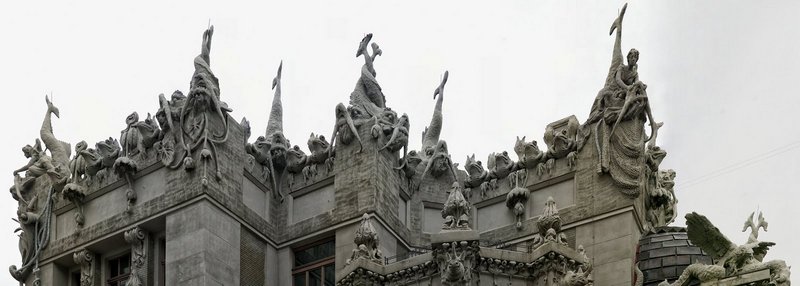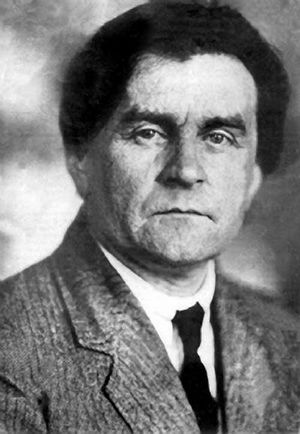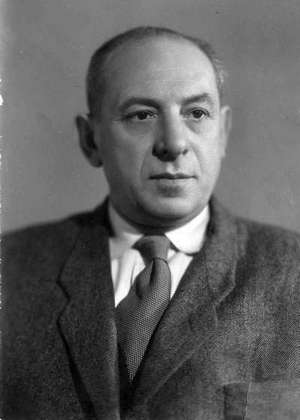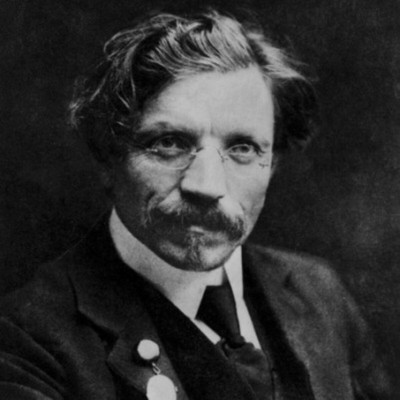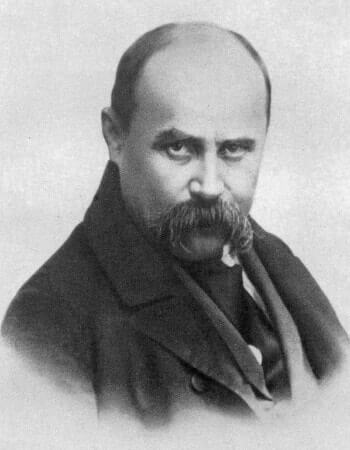Kiev of famous people Kievans
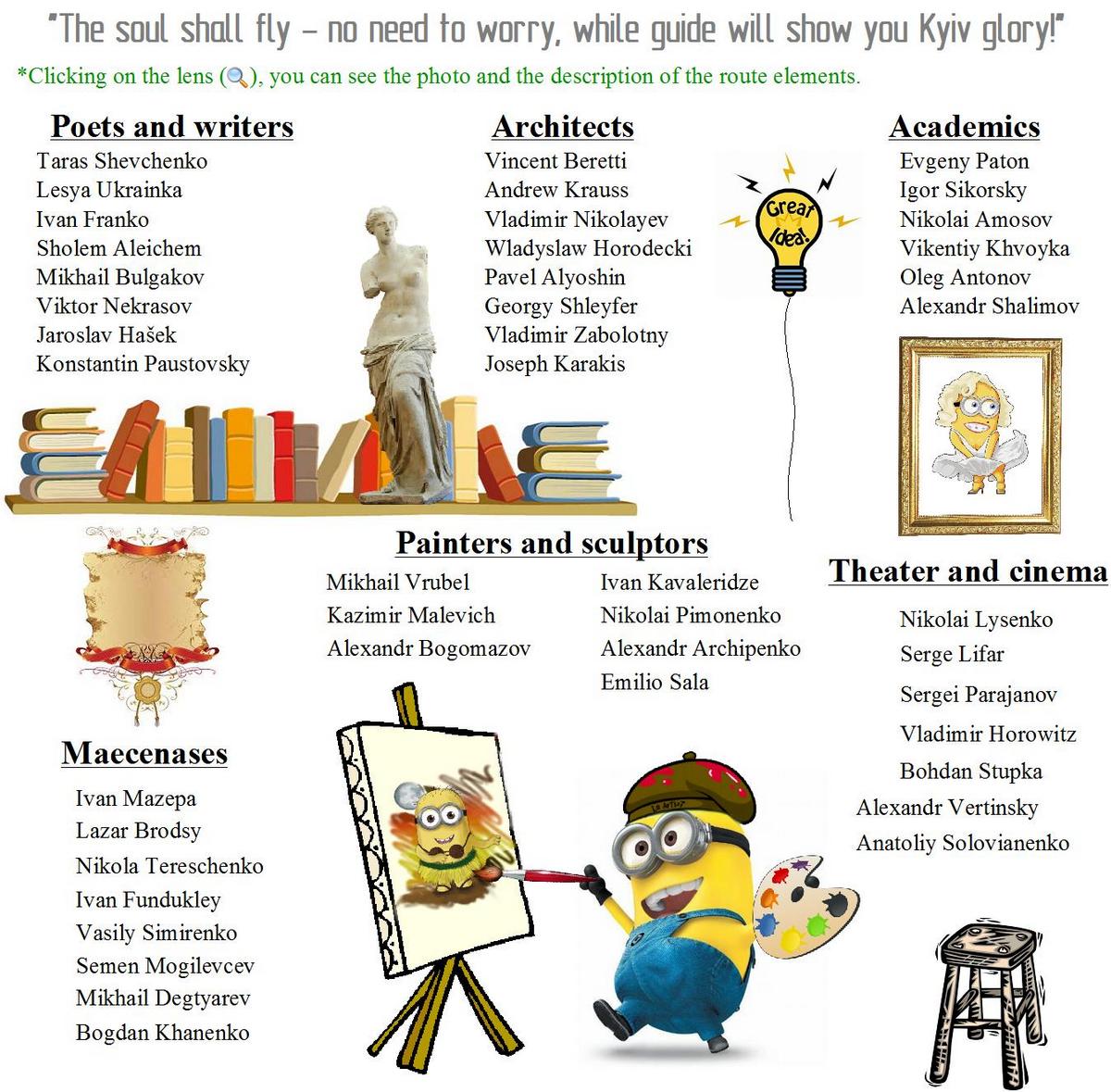
Join our thematic excursions dedicated to famous citizens of Kyiv. We conduct excursions of “Patrons of Kyiv”, “Literary Kyiv”, “Architects of Kyiv”, “Famous Kyivites”, ” Kyivites’ Achievements in science”, “Kyivites and arts”. Additionally, you can visit the Museum of the Ukrainian Diaspora, the Museum of Art named after Khanenko, T. Shevchenko Museum, etc. Duration – 2 hours.
MEMORY ABOUT FAMOUS PEOPLE IN KIEV
It’s well known that Ukraine is rich in natural resources and cultural heritage (7 objects included in the UNESCO list). It is also famous for its national cuisine and hospitality. We can also proudly tell about great personalities who have glorified our country all over the world and left footprints in the Ukrainian and world history. Those are outstanding cultural, arts, historical and scientific figures of Ukrainian origin.
Ukrainian poet Taras Shevchenko remains the symbol of Ukraine until now. His collection of poems “Kobzar” is known world-wide and is translated into different languages. Shevchenko wrote about life of the Ukrainian people of that time. Nowadays, the heritage of the kobzar is the basis of the formal language and the modern Ukrainian literature as a whole. Streets in Kyiv, Opera and the most prestigious university of Ukraine were named after Shevchenko. A memorial house (8a Shevchenko Ave.) and a museum (12 Shevchenko Blvd.) were founded too.
No less respected and beloved by Ukrainians is the lyricist-poet Lesia Ukrainka, who is still considered to be the most famous poetess of Ukraine. Her “Forest Song”, being the peak of Lesia’s creativity, has become the first prototype of a genre called fantasy. Today, one can see the ballet staged for this work in the National Opera. Creativity of Lesia Ukrainka added new motifs to the Ukrainian poetry, raising it to the world’s literature level. There is also a memorial house-museum of Lesia Ukrainka on 97 Saksaganskogo street in Kyiv – a place where shes used to live.
Ukraine has got many internationally renowned Doctors of science, such as: engineer and scientist Evgeny Paton, aircraft designers Igor Sikorsky and Oleg Antonov, surgeons Alexander Shalimov and Mykola Amosov and many others. The contribution to the world science by Igor Sikorsky – the creator of 4-engine aircraft – should also be noted. He is a great scientist who developed a series of aircraft which became the first airliners in the world to operate long-distance flights. Igor Sikorsky was the first one to build a turbine helicopter, and the US-based company Sikorsky Aircraft became the main manufacturer of helicopter equipment for various foreign countries. You can familiarize with the achievements of an outstanding aircraft manufacturer in the Kyiv Museum of the Ukrainian Diaspora located on Moscovska Street, 40-b.
An invaluable contribution to the world medicine was made by Ukrainian surgeon and scientist Mykola Amosov. His name was included in the list of the greatest physicians of the mankind. Amosov became an innovator by being the first one to use the artificial blood circulation method, to invent a method of heart defects’ surgical treatment. Extraordinary and courageous decisions of the medical scientist were recognized in many countries around the world. The Institute of Cardiovascular Surgery founded by Amosov is still the world’s leader in heart surgery.
The list of famous figures of Ukrainian origin in arts and culture also includes artists and sculptors, musicians and dancers, artists and directors. Thus, Ukrainian avant-garde artist Kazimir Malevich is the author of the famous painting “The Black Square”, and the picture itself has become the pinnacle of his creativity. Today the price of this masterpiece is over $ 100 million. Malevich’s works belong to different countries’ private collections and museums.
One of the founders of abstractionism in fine arts was famous Ukrainian sculptor Olexandr Arkhypenko, whose work influenced the formation of modernism by changing the essence of the sculpture in the 20th century. Today, the works by Arkhypenko are exhibited in the museums abroad. Among the famous ones are “The Boxers”, “The Gondolier”. Several sculptures are exhibited in the museum of Kiev (6 Hrushevsky str.).
Serge Lifar – a ballet-master with a rare talent – immigrated to Europe and has been working at the Paris Opera. He left after himself numerous ballet productions and books on the theory of ballet. The artist was awarded with the “Oscar” and with the “Golden Shoe”. In the Museum of the Ukrainian Diaspora on 40-b Moscovska Street, some personal belongings of the choreographer and his honorable award, handed over by Serge’s wife, are exhibited.
A famous pianist of the XXth century Vladimir Horowitz also comes from Ukraine – Kievan. After graduating from the conservatory in Kiev, Horowitz started performing around the world to become recognized and successful. Due to his virtuosic piano playing and unique technique, the pianist has entered the history as “the king of the piano kings”. Vladimir Horowitz was awarded with the “Medal of Freedom”, as well as with several “Grammy” prizes.
A powerful revival in Ukraine’s culture, art and science (philosophy and theology, in particular) occurred during the reign of Ivan Mazepa at the end of the XVII-th century – beginning of the XVIII-th century. Being an outstanding personality, Ukraine’s hetman Ivan Mazepa left a priceless legacy of cultural values for the following generations. It was during the time of Mazepa that the publishing of Ukrainian literature reached its peak, with both secular and Orthodox content books being published. The hetman’s ruling marked the evolution in architecture by contributing to the birth of Ukrainian baroque. As a patron, Ivan Mazepa used to donate his own savings for the construction and restoring of the churches. Among them: the Golden-Domed Mikhailivskyi Monastery, St. Sophia Cathedral, Pechersk Lavra and other churches in various cities of Ukraine (Chernihiv, Pereiaslav, Baturyn, etc.). Mazepa has also built campuses for the collegium in Chernihiv and the Mohyla Academy in Kiev. The estimated amount of donations thoughout 22 years of Mazepa’s hetmanship is more than 1 million gold ducats. Hetman Mazepa became the most famous figure in the history of Ukraine and one of the most popular Ukrainians in Europe and the US. Many works, sculptures and paintings were dedicated to him. In the Hetmanship Museum in Kiev, you can learn more about the iconic hetman (16-b Spaska Str.).
We mentioned the most outstanding Ukrainians. However, it’s not a full list. Feel free to join an entertaining “Kiev of famous personalities” excursion. You’ll learn about life and work of great people of the Ukrainian origin, as well as their contribution to the world’s history.

















































